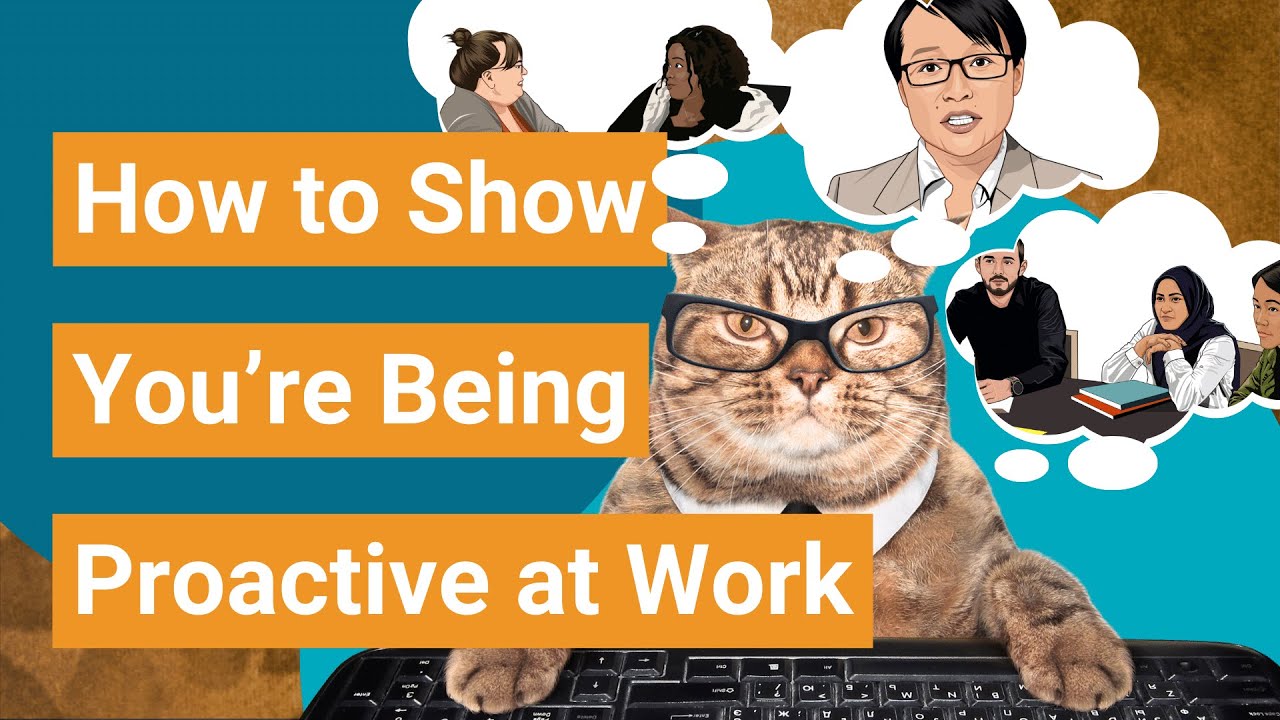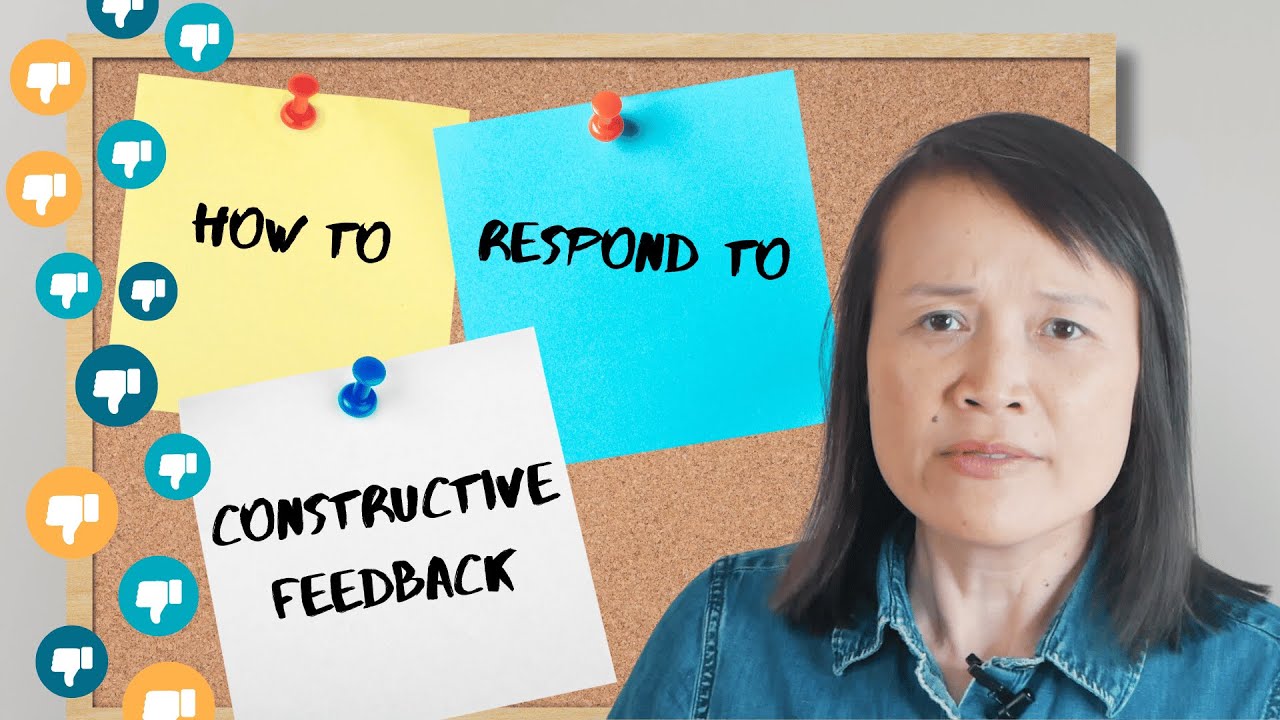I often hear from individuals who exhibit what could be perceived as passive behavior, claiming they don’t have the time or energy to address things directly. While that may be true in some cases, I believe it’s not the case for those who spend significant time contemplating the issue at hand. To help people determine whether their passiveness is truly a problem, I’ve devised a formula.
Consider “emotional time” (ET), which refers to the time spent thinking and ruminating about something—a measure of mental energy devoted to the issue. Then there’s “actual time” (AT), which represents the time it would take to change behavior. Actual time encompasses both the time required for action and the time taken to actually act.
To assess the significance of the issue, divide emotional time by actual time. If the quotient exceeds 5X, it suggests that you’re investing far more time and energy in thinking about something than it deserves.
Let’s consider an example: You’re sitting on a bus, and someone opens the window, leaving you shivering.
ET = 80 min (20 min of sitting resentfully in the cold on the bus + 60 min spent recounting the incident to 10 people, emphasizing the audacity of the person not closing the window)
AT = 5 min (thinking of how to politely ask the person to shut the window and actually uttering the words)
ET/AT quotient = 16x
If you value your time and frequently mention being busy, a 16x factor should prompt you to take action.
One important aspect of emotional time is that it can escalate over time. Currently, it might be 80 minutes, but it could increase to 100 minutes. Alternatively, you might only spend 20 minutes dwelling on the incident and never think about it again, resulting in a quotient of 4X, which is not problematic.
I hope this formula assists you in determining whether your passive behavior regarding an issue is indeed a problem or not. If this post was helpful, please share it with a friend or post it on social media.
You can read the 7 Signs of Passiveness blog post here as well as my original article on this topic.








Leave a Reply